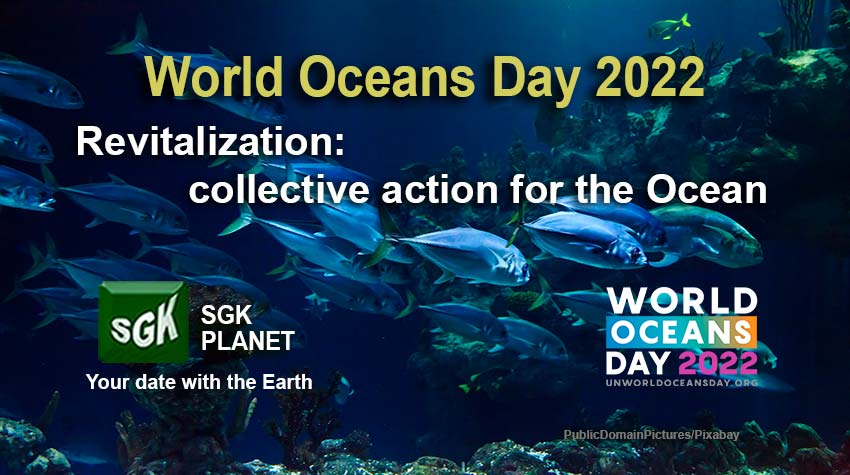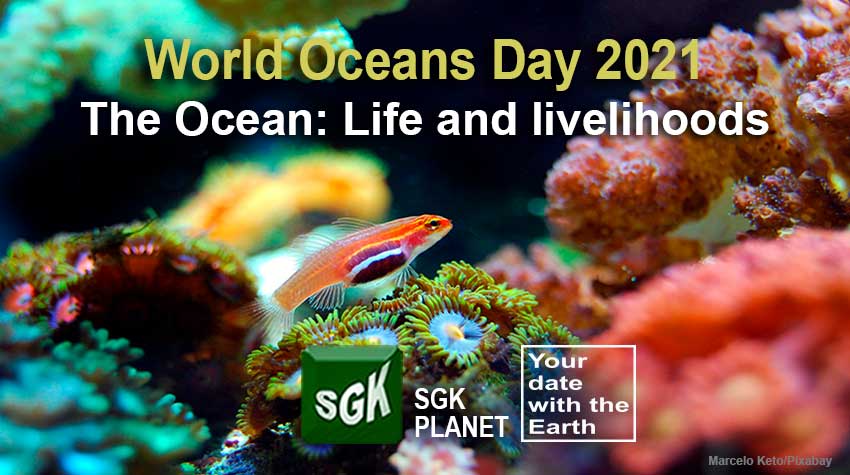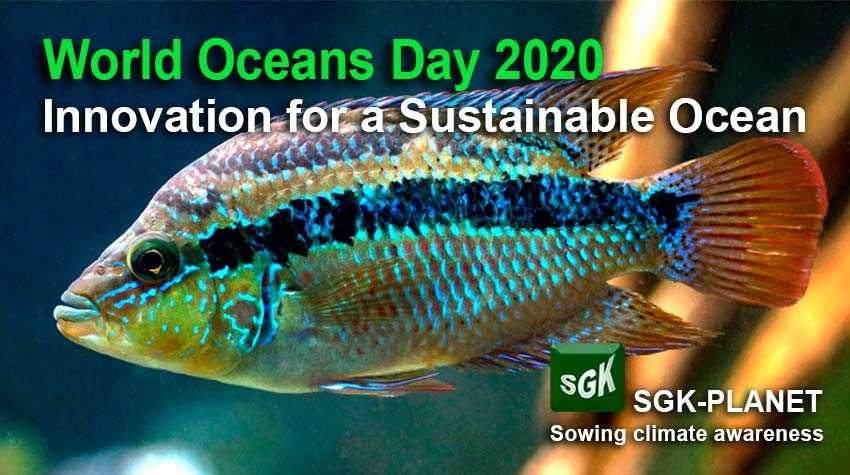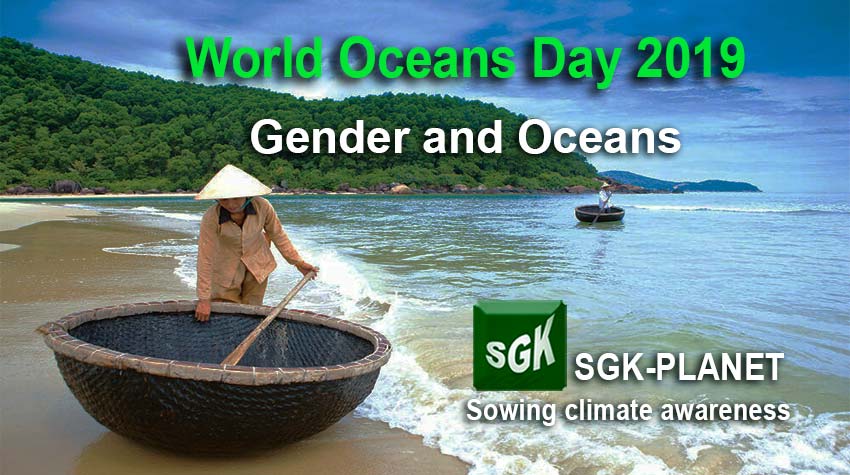FAQs about Oceans
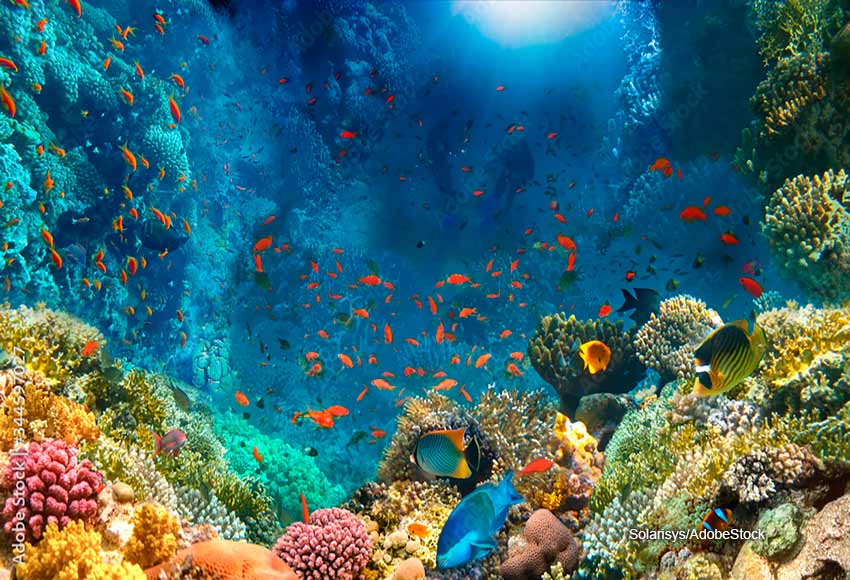
3. How many marine species are there, and which ones are in danger?
The ocean is home to some 250,000 known species, but scientists believe there are more than two million since they estimate that more than two-thirds of marine species have yet to be identified. They are made up of plants, animals and other organisms that live in salt water. Marine organisms produce a good part of the oxygen necessary for life.
Most life forms developed in the seas and oceans. The first vertebrates were fish, some of which evolved into amphibians that live in water and on land. From these land mammals descended and then returned to the ocean as seals, dolphins, or whales. Among organisms from other kingdoms are marine algae. Phytoplankton are plant organisms suspended in the water; they are key primary producers that form the general basis of the oceanic food chain.
Endangered marine species
The vaquita marina
Maui’s dolphin
Monk seal
The European eel
The shell
The gray whale
The guitar fishes
They are some of the marine species whose conservation status is very delicate. They are included in the Red List of threatened species of the IUCN, the International Union for Conservation of Nature.
FAQs about Oceans
1. What are the earth’s oceans and what is their importance?
2. Are the oceans lungs of the Earth?
3. How many marine species are there, and which ones are in danger?
4. How does global warming affect the oceans?
5. What is acidification and how does it affect the oceans?
6. What is overfishing and what consequences does it have for the oceans?
7. What are the main pollutants in the oceans?
8. How do plastics affect the oceans?
Other Secctions of the Oceans
Articles
Revitalization: collective action for the ocean. World Oceans Day 2022
On June 8 we celebrate World Oceans Day 2022, this year framed in the UN Decade of Ocean Sciences and within which the Conference of the Oceans. The theme of 2022 Revitalization: Collective Action for the Ocean wants this year to emphasize the greatness of the ocean as a source of life for all human beings and for all other organisms that inhabit the Earth.
Our planet Earth is also known as the blue planet because more than 70% of its surface is covered by the waters of oceans and seas, which gives it its distinctive color. These huge bodies of water are essential for life as they provide us with food, as well as being important regulators of climate change and generators of most of the oxygen we breathe.
World Oceans Day was proposed during the Earth Summit in Rio de Janeiro, 1992, although it was only implemented in 2008. Since then, World Oceans Day is celebrated on June 8 of each year, by resolution of the General Assembly of the UN. Its objective is to raise awareness about the importance of the oceans and how to preserve them. This year the UN has chosen two reasons to celebrate World Oceans Day.

